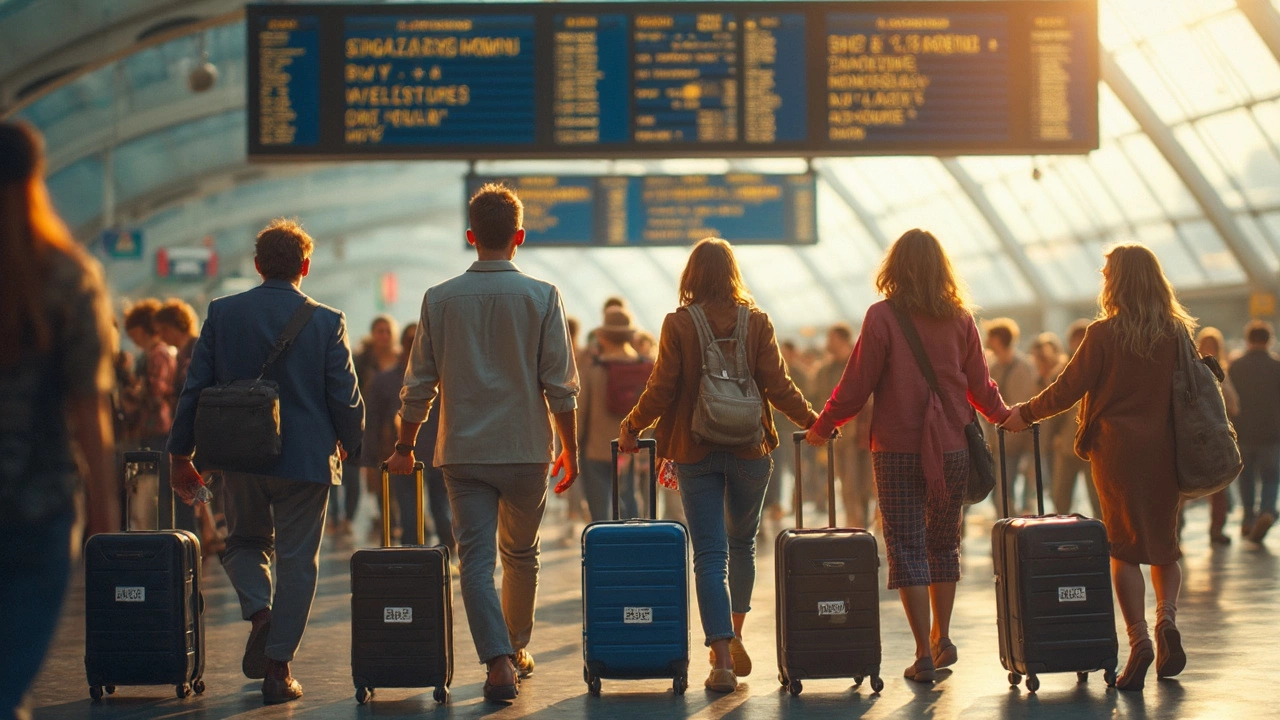US Cities to London – Simple Tips for a Smooth Trip
Planning a jump from the US to London? You don’t need a travel degree to get it right. Below are the basics you need to book, pack and move around the capital without stress.
First, pick the right departure city. Major hubs like New York (JFK/EWR), Chicago (ORD), Los Angeles (LAX) and Atlanta (ATL) offer the most nonstop flights and often the best prices. If you’re on the East Coast, New York or Boston gives you a short flight and plenty of morning options. West Coast travelers save time by catching a direct LA or San Francisco flight rather than routing through a Midwest airport.
Getting the Best Deal on Flights
Set a price alert on a site like Google Flights and watch it for a week. Prices tend to dip on Tuesdays and Wednesdays, especially for routes that aren’t peak summer. Book at least six weeks ahead if you’re traveling in June‑August; for shoulder season (April, May, September, October) two months out is usually enough.
When you see a deal, check the baggage policy. Low‑cost carriers may look cheap until you add a checked bag or seat selection. A budget airline with a $400 fare plus $70 for a bag often ends up cheaper than a legacy carrier charging $550 all‑in.
Money Matters: Pounds, Cards & Apps
Do you need to exchange pounds before you land? Not really. Most UK merchants accept chip‑and‑pin cards, and the exchange rate on a Visa or Mastercard is usually better than a currency‑exchange kiosk. If you want a little cash for the tube or a tip, withdraw a small amount (≈£30) from an ATM at the airport – just watch for any fees from your US bank.
Consider opening a free UK‑friendly account with a fintech app like Revolut or Wise before you go. Load it with dollars, lock in a good rate, and spend or withdraw without hidden charges. It’s a lifesaver if you plan to hop on the train to Brighton or take a day trip to Oxford.
Transportation in London is straightforward once you have an Oyster card (or the contact‑less version on your phone). Tap in on buses, tubes, and overground trains – the daily cap keeps you from overpaying. If you’re staying in central zones (1‑2), a one‑day travel card costs about £7.50 and covers unlimited trips.
For quick navigation, the Citymapper app maps the fastest route, whether you’re walking, cycling, or taking the night bus after a late show. It even shows the real‑time tube status, saving you from sudden delays.
Now that you’ve booked a flight, sorted money and know how to move around, pack light. A reusable water bottle, a compact rain jacket, and a pair of comfortable shoes will see you through most London weather. The city is walkable, but the underground will get you across town in minutes when the rain hits.
When you land, head straight to the underground sign at Heathrow or Gatwick. The Heathrow Express to Paddington runs every 15 minutes and takes 15 minutes – a bit pricey but fast. The Piccadilly Line is slower but cheap, and it drops you right in the heart of the West End.
Finally, embrace the local vibe. Grab a coffee at a corner café, explore a market like Borough or Camden, and use the free Wi‑Fi in most libraries to plan your next day. With these straightforward steps, traveling from any US city to London becomes a breeze rather than a headache.
